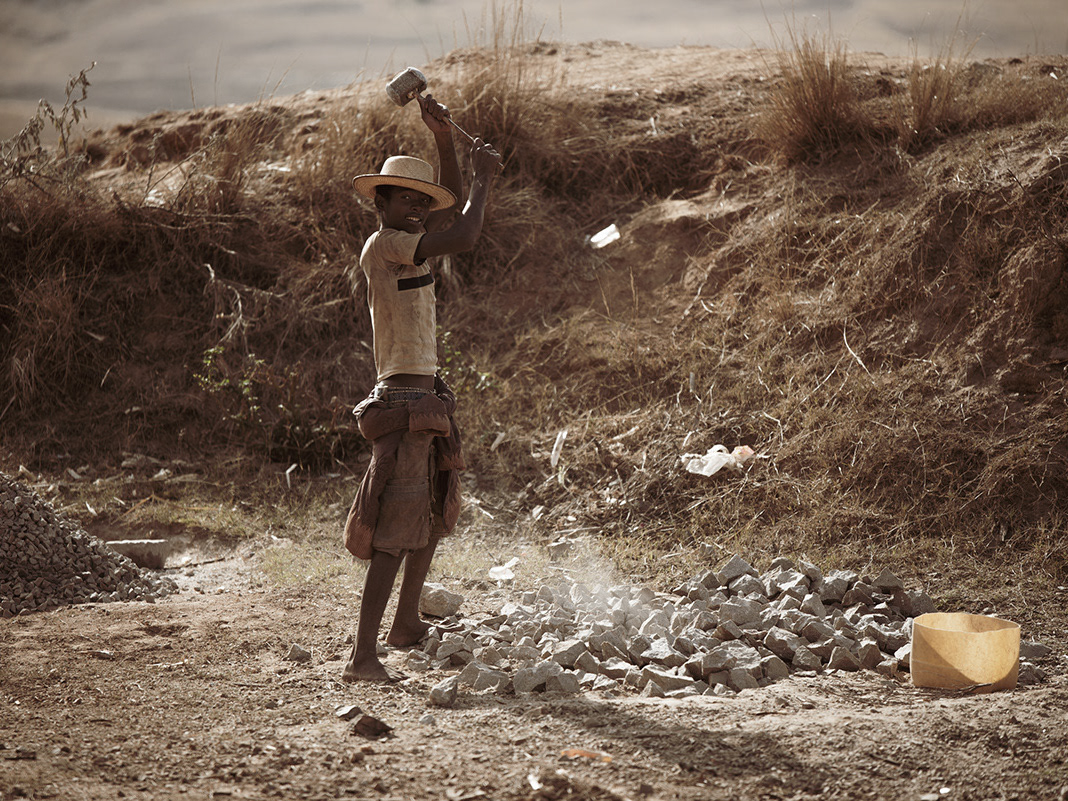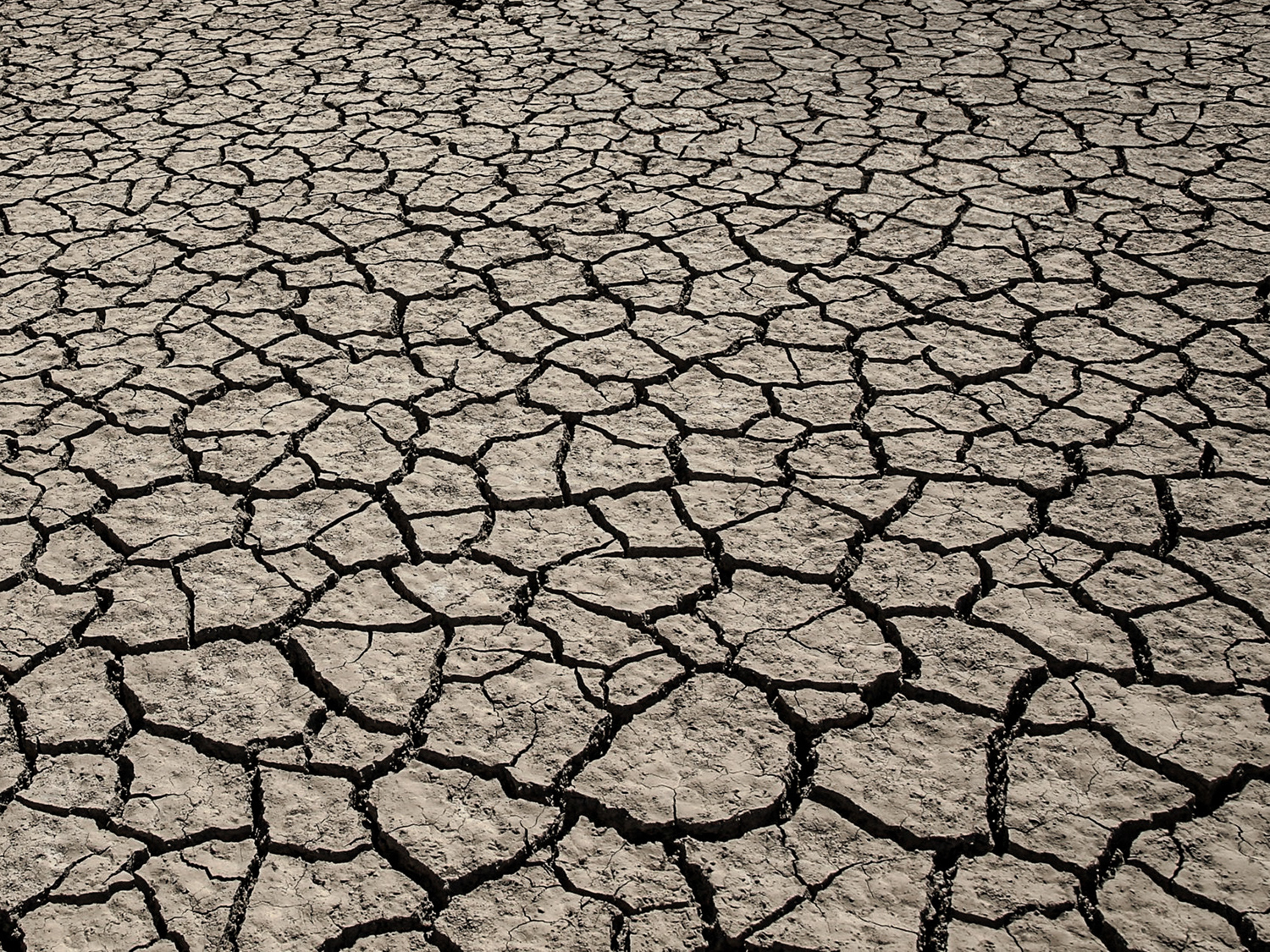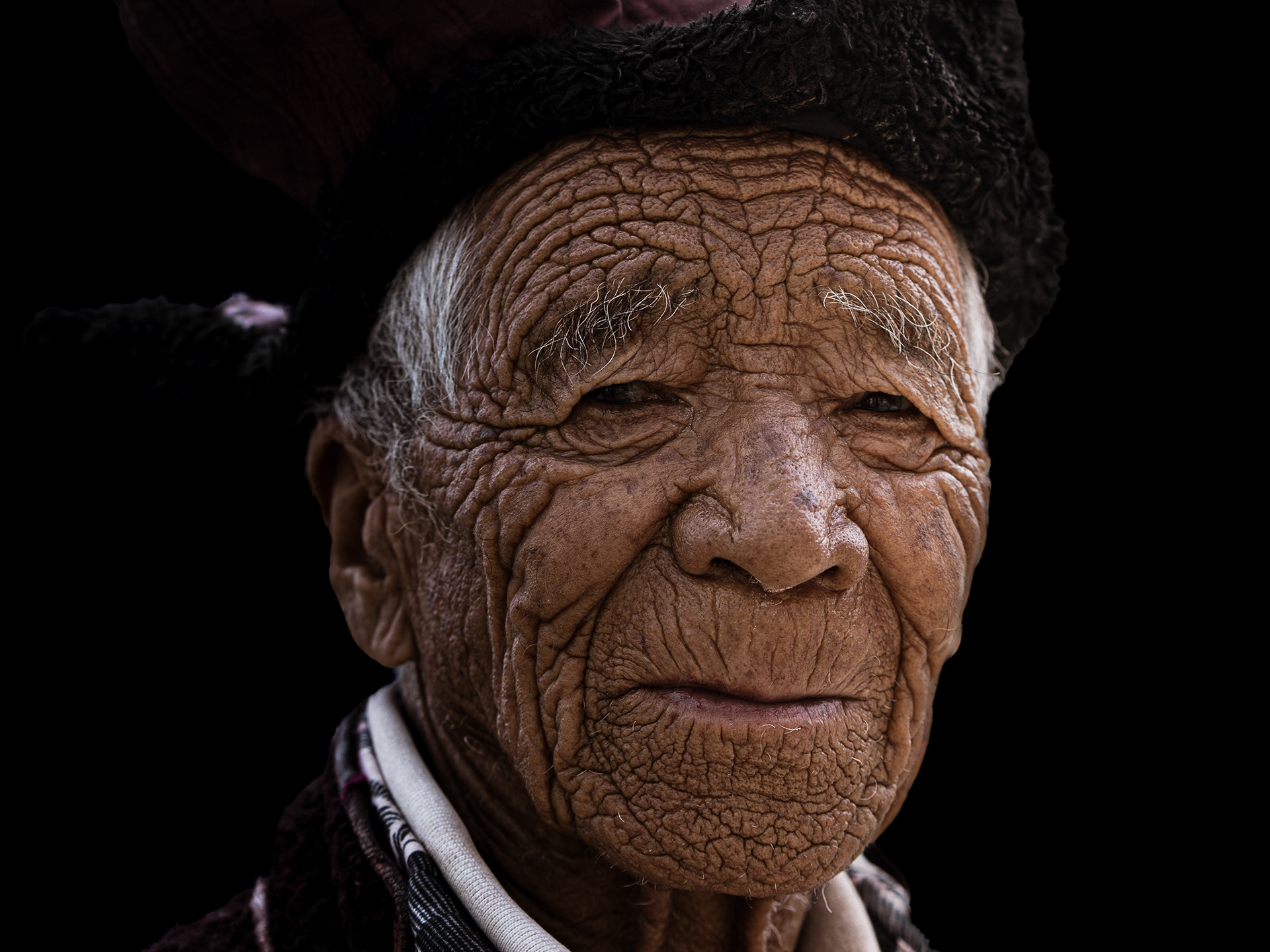Between Ruins and Resilience: Syria’s Post-War Reality
This photo series documents the fragile reality of communities in Syria as they navigate the long, uncertain path of post-conflict reconstruction. Through my lens, I’ve aimed to capture moments of resilience, everyday life, and the quiet contradictions that mark this landscape... where destruction and hope coexist.
Having worked alongside NGOs on the ground, these images reflect stories often overlooked in mainstream narratives, shedding light on the ongoing challenges faced by people rebuilding their homes, their futures, and their sense of normalcy amid the ruins.
This project is both a visual testimony and a call to remember the human side of conflict... a reminder that even in devastation, life finds a way to persist.
Abdul Rahman Swidan is 22. He grew up in Afs, right on the old frontlines. His family’s house is meters from where the trenches used to be.
He spent three years abroad: Munich, then Bulgaria. Came back to rebuild; one week after the end of the war (December 2024). Soon after he got home, he went to check the land near the house. Saw what looked like old mines by the road but didn’t think much of it.
He stepped on one.
Lost part of his right leg. He’s alive but stuck now. No prosthetic yet, no money for one. In Afs, you can’t get around easily. Physical therapy is far away. Jobs are scarce even if you’re not disabled.
This happens a lot here. People get blown up by stuff the war left behind. There’s not much help… maybe family, maybe some small NGO, maybe nothing.
He wasn’t walking into a war. He was walking into what the war left behind.
He spent three years abroad: Munich, then Bulgaria. Came back to rebuild; one week after the end of the war (December 2024). Soon after he got home, he went to check the land near the house. Saw what looked like old mines by the road but didn’t think much of it.
He stepped on one.
Lost part of his right leg. He’s alive but stuck now. No prosthetic yet, no money for one. In Afs, you can’t get around easily. Physical therapy is far away. Jobs are scarce even if you’re not disabled.
This happens a lot here. People get blown up by stuff the war left behind. There’s not much help… maybe family, maybe some small NGO, maybe nothing.
He wasn’t walking into a war. He was walking into what the war left behind.
Afs, Idlib Province
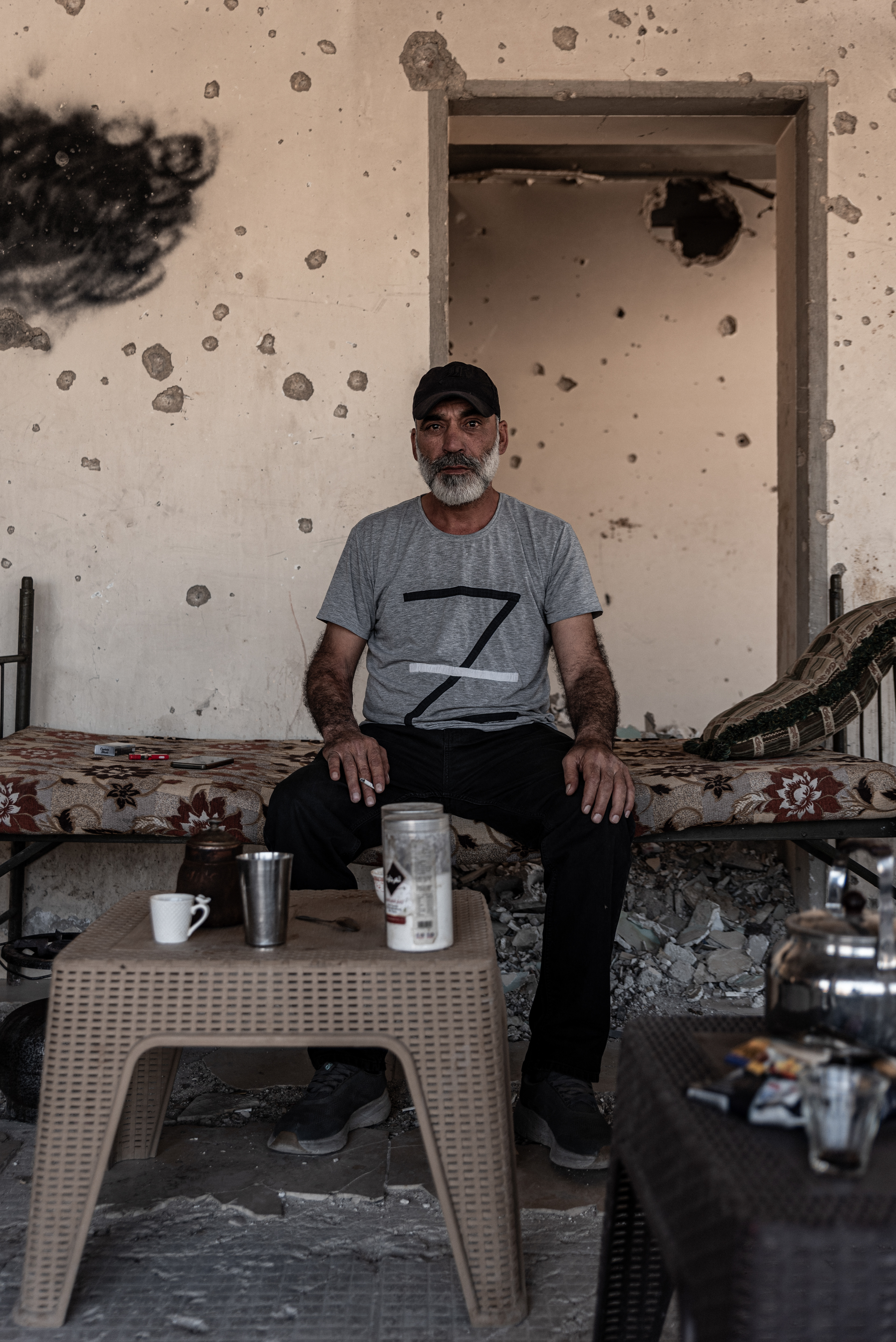
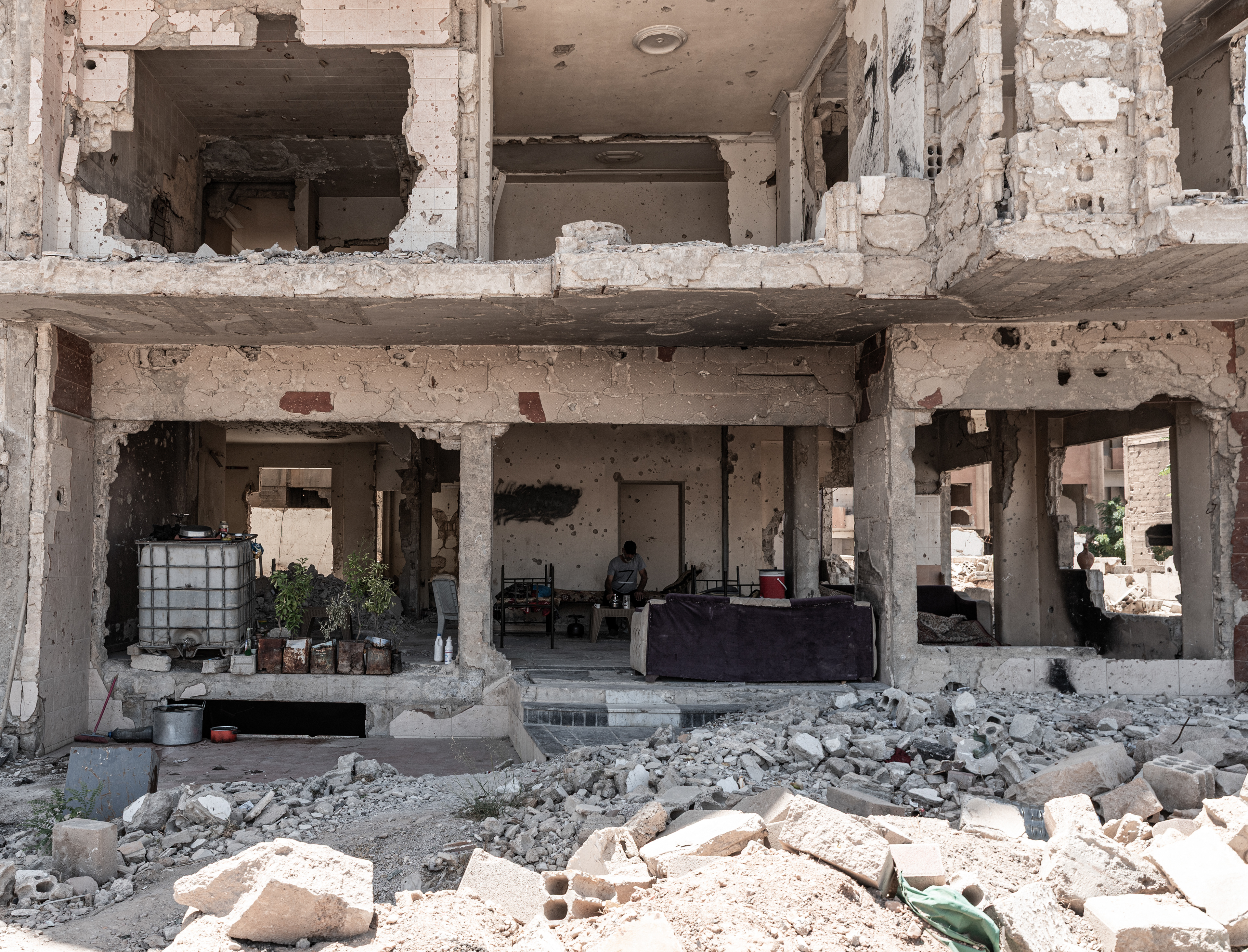
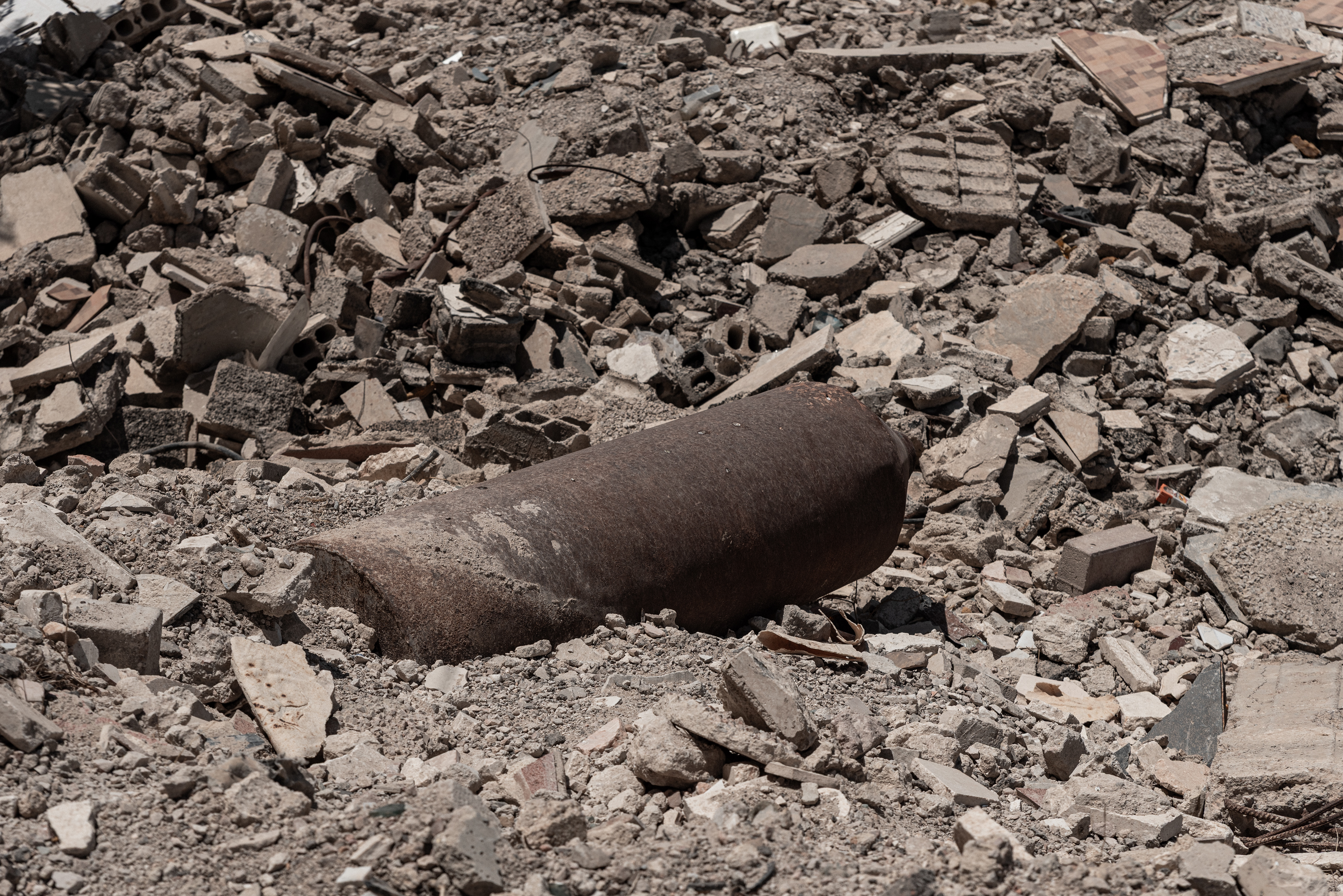
A man lives in a wrecked house. Half the roof is gone, walls cracked, an unexploded shell in the courtyard ten meters from his door.
His son was killed here during the government shelling in 2017. Same street, same neighborhood.
The house is wide open… you can see right in when you walk by. No privacy, no real walls left. But when I passed, he called out. Offered coffee. Invited me inside what’s left of his home. We sat in his broken living room, open to the sky, with the unexploded bomb just outside.
People say he should leave. The house is falling apart, the bomb could detonate. But he doesn’t go.
He’s there. The bomb is there. And he still makes coffee for strangers.
His son was killed here during the government shelling in 2017. Same street, same neighborhood.
The house is wide open… you can see right in when you walk by. No privacy, no real walls left. But when I passed, he called out. Offered coffee. Invited me inside what’s left of his home. We sat in his broken living room, open to the sky, with the unexploded bomb just outside.
People say he should leave. The house is falling apart, the bomb could detonate. But he doesn’t go.
He’s there. The bomb is there. And he still makes coffee for strangers.
Jobar - Damascus
The building looks dead. Holes punched through every wall, concrete crumbling, upper floors demolished. Windows blown out, balconies hanging loose.
But there’s life at street level. A small shop, green sign, shelves full of goods. A man serving a woman customer. Normal business in a skeleton of a building. The contrast is stark…
But there’s life at street level. A small shop, green sign, shelves full of goods. A man serving a woman customer. Normal business in a skeleton of a building. The contrast is stark…
Homs
There’s a rocket sticking out of a concrete floor in Maaret Elnaasan, a small village in the Idlib area. Two meters long, went straight through the roof. The house is wrecked.
But someone put plants on the windowsill right above where it hit. Just plastic pots with herbs or whatever. The rocket’s still there, nobody’s moved it.
The neighbours are still around. Kids play in the street. There’s an unexploded bomb in the empty house next door and life just continues.
The plants aren’t making a point. People need food. But it’s weird seeing green things growing next to something that could blow up.
This is how it works now. Danger becomes normal. You plant stuff anyway.
But someone put plants on the windowsill right above where it hit. Just plastic pots with herbs or whatever. The rocket’s still there, nobody’s moved it.
The neighbours are still around. Kids play in the street. There’s an unexploded bomb in the empty house next door and life just continues.
The plants aren’t making a point. People need food. But it’s weird seeing green things growing next to something that could blow up.
This is how it works now. Danger becomes normal. You plant stuff anyway.
Idlib Governorate
A car sits at an intersection, someone inside. Around it, everything is rubble: collapsed buildings, debris, broken concrete.
The person drove here through all this destruction. They’re going somewhere, doing something.
Life keeps moving, even when the world around it has stopped.
The person drove here through all this destruction. They’re going somewhere, doing something.
Life keeps moving, even when the world around it has stopped.
Homs
Two kids walk through the rubble field, both carrying sacks. They hold pieces of metal wire, copper maybe. Moving carefully over the broken concrete and debris.
The apartment buildings behind them are blown out, floors collapsed, walls full of holes. A burned car buried in the pile. Green bush growing through the destruction.
The kids pick their way between chunks of concrete, metal scraps scattered everywhere. Their sacks drag behind them as they move through the wasteland, collecting whatever has value.
Just another day searching through what’s left.
The apartment buildings behind them are blown out, floors collapsed, walls full of holes. A burned car buried in the pile. Green bush growing through the destruction.
The kids pick their way between chunks of concrete, metal scraps scattered everywhere. Their sacks drag behind them as they move through the wasteland, collecting whatever has value.
Just another day searching through what’s left.
Jobar - Damascus
She lost her left eye when the rocket hit her house. Government shelling… her own government trying to kill her. She can see from the right one, but half her vision is gone. The rocket came through the roof. She was just home when it happened.
It’s strange how that works. The people supposed to protect you are the ones dropping bombs on your house.
She survived. Lives with one eye now. That’s what her government left her with.
It’s strange how that works. The people supposed to protect you are the ones dropping bombs on your house.
She survived. Lives with one eye now. That’s what her government left her with.
Idlib Governorate
Two girls with a baby in a pram, standing in rubble. They’re just there. Waiting for someone, watching the baby. The destruction is old, settled. This is their street now. The girls don’t look bothered by it. It’s just where they are.
Homs

